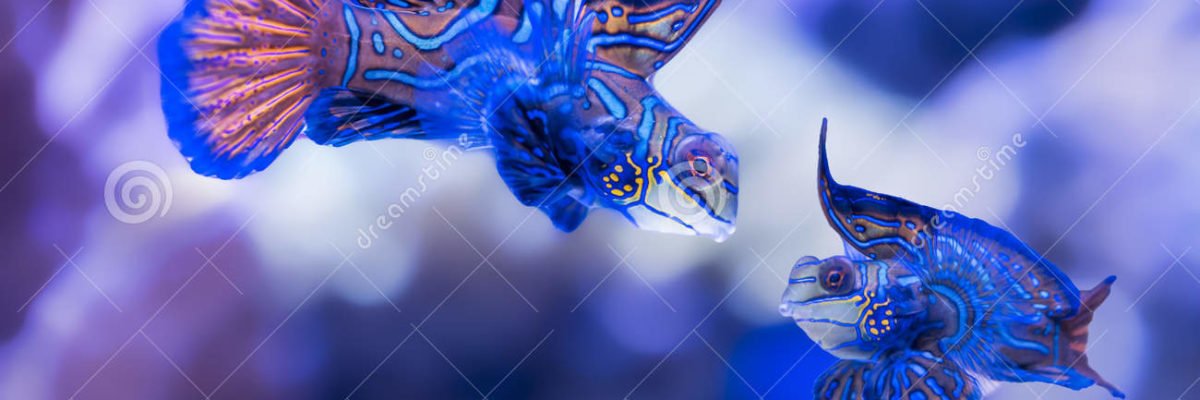
Before bigging up Biota and giving you the cross section, I’d like to remind readers that TankBred are one to watch in the UK for sustainable ornamental fish rearing. We aim to pioneer the way in creating breeding facilities on English soil, for the cultivation of marine fish and organisms. Our ethos is underpinned by the ethical and environmental questions which have emerged through the supply and demand of wild-caught marine fish. Our systems will be designed to mirror optimum conditions for a variety of fish to thrive and spawn, with efficient egg collecting to increase the number of fry (baby fish) reaching maturity to supplement the industry.
So with our personal objective reeled off, who are Biota? Well, they’re the big fish broadening a niche area of the marine fish trade. Founded in 2012 in Palau (an archipelago in the Pacific Ocean some 800km east of the Philippines) by lifelong hobbyist and aquaculture visionary Tom Bowling; Biota encapsulates a lot of what we want to do here at TankBred. When our own facilities are ready and fully functioning, we aim to have the majority of our original breeding stock as F1 or F2 captive bred specimens from innovators like Biota.
Biota are front runners in breeding fish and aquaculturing corals, clams and other aquatic organisms. They have 4 facilities around the world. Their Palau, Hawaii and North Carolina bases are all geared towards captive breeding with extensive fish nurseries, while their Florida branch centres on growing out, quarantining and distribution.
Biota can boast the successful cultivation of over 100 types of fish. These range from the exotic, to the endangered, to fish used as a food source. The magic happens in specially equipped nurseries. Here, pairs of small marine fish settle into spacious aquariums where the perfect environmental parameters are replicated to encourage spawning; these smaller species generally start spawning within 20 days of arrival and their offspring are ready to hit the market in 3-4 months.
In the ocean, larger marine fish lay millions of eggs during spawning, but most of these will be predated and it’s estimated a mere 0.01% will ever make it to adulthood. Biota have developed techniques that allow these eggs to be collected from open waters, directly after the pivotal moment of fertilisation. Growing these reproductive cells or ‘gametes’ on to maturity is challenging, but this method of attaining wild gamete cultures – as opposed to collecting eggs from the same species in tanks – means a superior survival and growth rate.
Why do this? Because upwards of 85% of our coral reefs are bleaching and dying at an alarming rate due to climate change and taking great swathes of the creatures from them is compounding the problem. 90% of all marine fish in the aquarium trade are wild caught and a lot of them will die from injuries or stress sustained from capture or transportation, this is in stark contrast to the 95% of freshwater species which are successfully captive bred.
The oceans, so full of glorious and weirdly wonderful things, are also hugely composed of marine plants, phytoplankton and corals, trapping carbon and releasing oxygen as a byproduct of photosynthesis. The people of Biota realise we are pressed to find solutions for sustainable aquaculture. They have a mantra that they want ‘to leave the ocean in a better state than they found it’. This is evident in their commitment to restocking reefs and wild fish populations. They have released tens of thousands of fish from their facilities and have ambitions to reintroduce particular species in areas where their populations have been decimated.
One such fish is the Bumphead Parrotfish. The amalgamation of aquacultured coral (the Bumphead parrotfish’s food source) with captive bred parrotfish is an exciting development. The domestication of this fish will aid the recovery of the species in waterways where it was once overexploited and also provide food security for vulnerable communities who depend upon it.
As for the aquarium trade and marine hobbyist (both budding and seasoned), Biota shipping marine ornamental fish to pet and fishkeeping shops in the US and Europe means an unparalleled product. These fish have come from tanks, to go in other people’s tanks. They are more resistant to disease, they have better temperaments and they eat pellets.
At TankBred, we believe education and conservation go hand in hand. This is a view shared with Biota – who want to put a fishtank in every science classroom! The aim is to harness people’s fascination, from here you develop an understanding of natural environments and encourage critical thinking about unique ecosystems and their sensitivities.
TankBred and Biota (amongst a growing number of others) believe education of our oceans will organically place an onus on their management, preservation and the renewal of resources. Biota keep their facilities open to the public for this very reason. It is a proven fact that we benefit from being around nature, in theory then, nature will benefit from those who are more exposed to it, it will be these people who tackle complex ecological problems. Whilst we are in our infancy as a breeding organisation, our team at TankBred have more than 50 years combined experience in the aquarium trade, we look to the continued success of Biota as an inspiration.